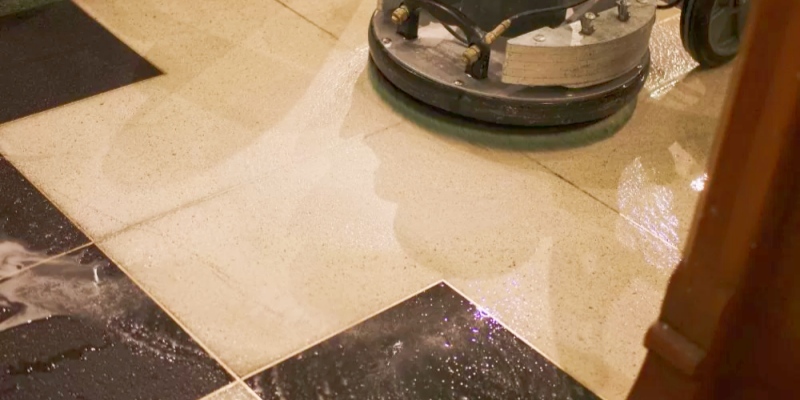Roof Heating Cables Temperature Range
Roof heating cables, also known as heat tapes or de-icing cables, typically reach temperatures between 100°F to 150°F (38°C to 65°C) when operating. The exact temperature depends on the type and brand of the cable, as well as the specific application (e.g., for gutters, downspouts, or roof edges).
-
Self-regulating heating cables: These adjust their heat output based on the surrounding temperature. They generally stay in the lower range (around 100°F to 120°F) and are safer because they reduce the risk of overheating.
-
Constant-wattage heating cables: These maintain a consistent temperature and can get hotter, often reaching up to 150°F or more. They require careful installation to avoid overheating or damage to roofing materials.
The goal of these cables is to melt ice and snow, not to get excessively hot. Proper installation and use are critical to ensure safety and effectiveness. Always follow the manufacturer's guidelines to avoid fire hazards or damage to your roof.
Key Considerations for Roof Heating Cables:
-
Purpose:
-
Roof heating cables are designed to prevent ice dams, which form when snow melts and refreezes at the edge of a roof. Ice dams can cause water to back up under shingles, leading to leaks and damage.
-
They are also used to keep gutters and downspouts clear of ice blockages.
-
-
Installation:
-
Cables should be installed in a zigzag pattern along the roof's edge, in gutters, and downspouts to ensure proper coverage.
-
Avoid overlapping the cables, as this can cause overheating.
-
Use clips or brackets designed for roof heating cables to secure them in place without damaging the roof.
-
-
Energy Efficiency:
-
Self-regulating cables are more energy-efficient because they adjust their heat output based on temperature. They consume less power when it's warmer and more when it's colder.
-
Constant-wattage cables use a consistent amount of energy regardless of conditions, which can lead to higher energy costs.
-
-
Safety:
-
Ensure the cables are rated for outdoor use and are specifically designed for roofs and gutters.
-
Use a ground-fault circuit interrupter outlet to reduce the risk of electrical hazards.
-
Regularly inspect the cables for damage, such as fraying or exposed wires, and replace them if necessary.
-
-
Maintenance:
-
Remove debris like leaves and branches from the roof and gutters to prevent blockages and ensure the cables work effectively.
-
Check the cables before winter to ensure they are functioning properly.
-
-
Temperature Control:
-
Some systems come with thermostats or sensors to automatically turn the cables on when temperatures drop below freezing and off when they rise above freezing. This helps save energy and prevents unnecessary operation.
-
-
Limitations:
-
Heating cables are not a permanent solution to ice dam problems. Addressing underlying issues, such as poor insulation or ventilation in the attic, is essential for long-term prevention.
-
By using roof heating cables correctly and maintaining them properly, you can effectively manage ice dams and protect your roof from winter damage. Always consult a professional if you're unsure about installation or maintenance. info@jhheat.com





